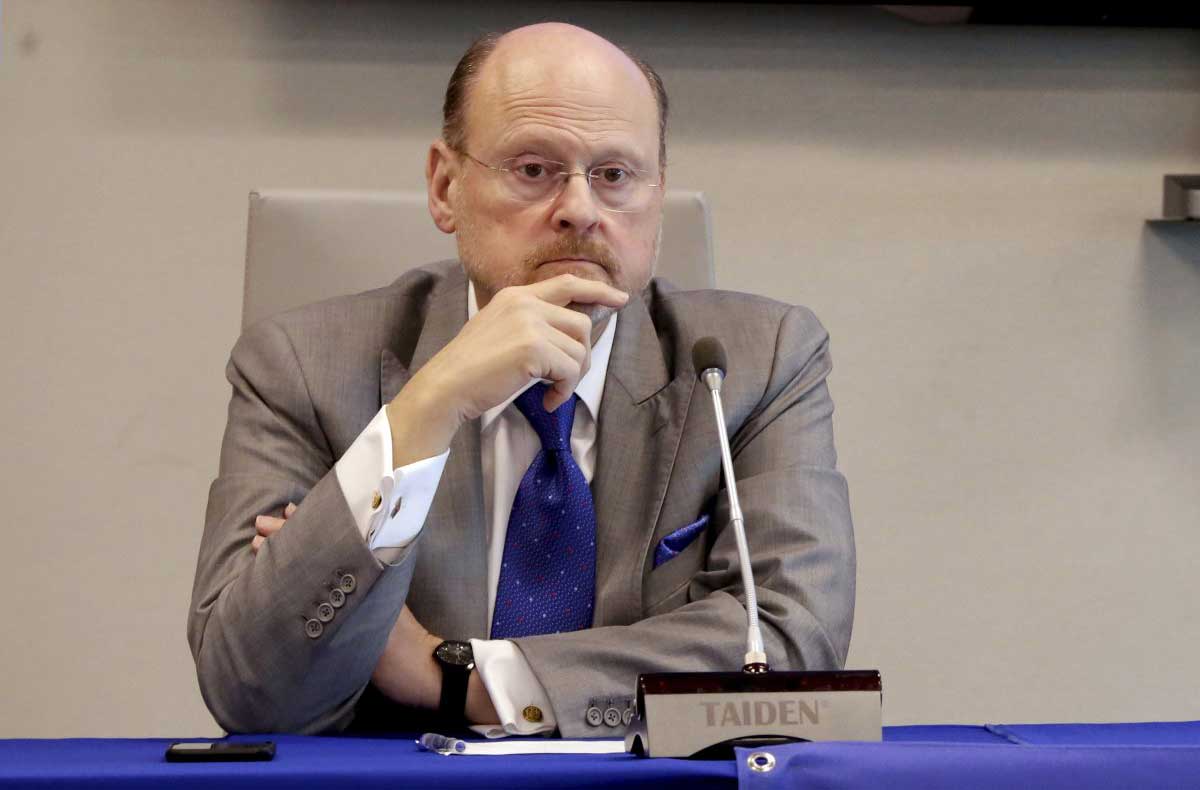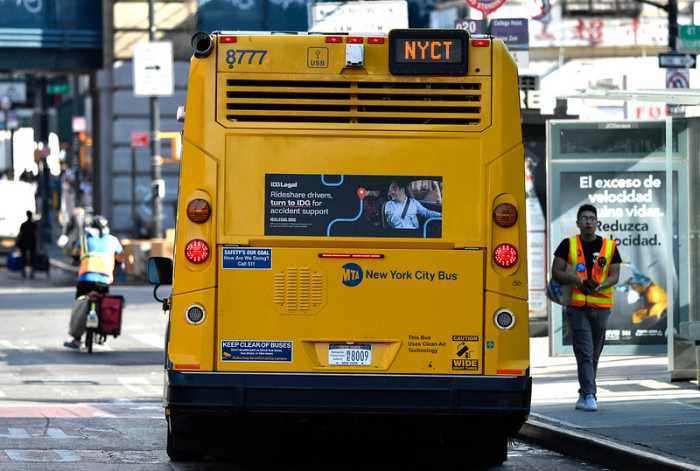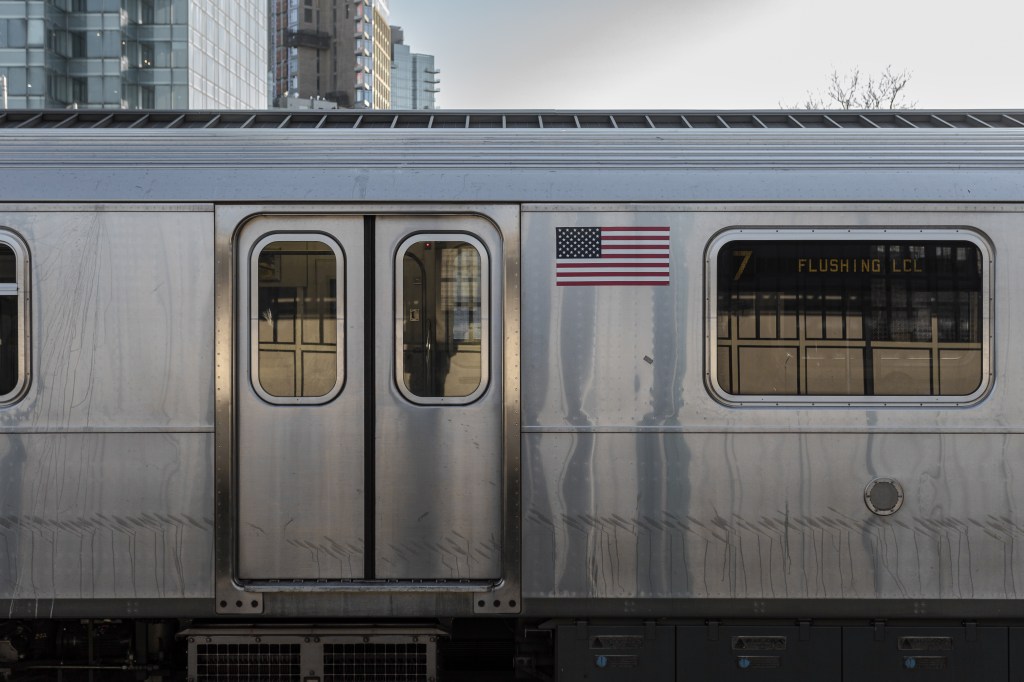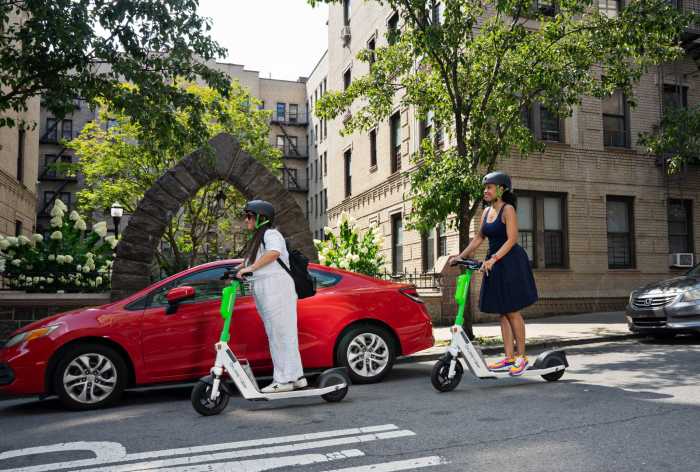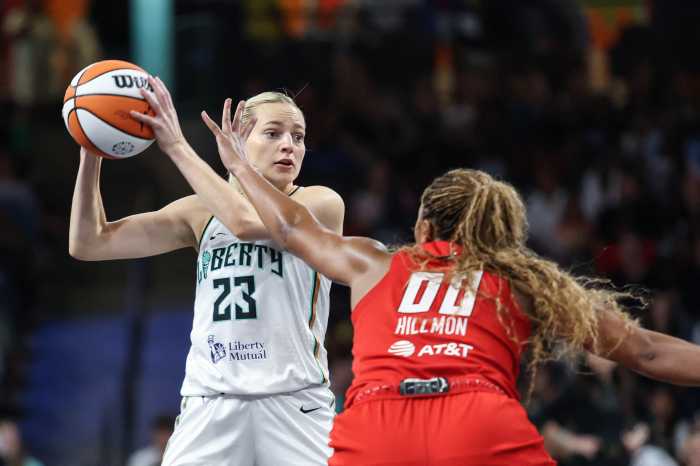By Mark Hallum
With a major deficit forecasted, MTA Chair Joe Lhota said fare hikes and service cuts for subway riders are impending even if a new revenue stream for the state agency is not tapped in the near future.
Lhota’s conclusion was drawn from a report from state Comptroller Tom DiNapoli’s office, which used MTA data to make the argument that despite 4 percent fare and toll increases in 2019 and 2021, the transit agency will need more aggressive revenue streams to fulfill a system-wide overhaul projected to cost as much as $40 billion.
Lhota not only agreed with DiNapoli’s study at an Oct. 24 board meeting, but went as far as to say the MTA’s operating budget is “abysmal” and plans for future operating cost is “TBD” — to be discussed.
“The comptroller’s analysis concisely portrays our dual challenges with both our operating budget as well as with our future capital plans,” Lhota said, claiming that the 2019 MTA budget will be balanced when released next month. “The bad news is the projections for 2020, 2021 and 2022 show significant deficits… Our best option is securing new and additional revenue sources from our partners in government… Additional fare and toll increases is not the road I want to go down.”
The transit head looked back to 2009 when the MTA board voted on service reductions paired with 30 percent fare increases, but said that option may be tabled if the deficit, estimated to be around $634 million by 2022, is resolved.
“Once you start to cut out fat, you then start to cut muscle and then unfortunately get to the bone and when that happens, that results in service reductions,” Lhota said.
In January, Gov. Andrew Cuomo released plans to for congestion pricing in lower Manhattan, $11 tolls for cars and trucks entering Manhattan below 60th Street. But the plan has yet to come to fruition.
The tolls would be dedicated solely to the MTA and Cuomo said the East River bridges, including the Queensborough Bridge, would remain free.
The outer reaches of Queens would feel the brunt of congestion pricing the most. Between 3 to 6 percent of car commuters in state Assembly districts in the northeast, where subway service is the most paltry, would be paying the price.
“Our regional transit system is in crisis. Service has deteriorated on the city’s subways and buses, the Long Island Railroad and Metro-North. Subway ridership has fallen notwithstanding the largest job expansion in New York City’s history,” DiNapoli said regarding the study. “Despite an infusion of $836 million in state and city funds, there has been little improvement so far in subway service. Riders are leaving the system in frustration and deserve better, especially considering the proposed increase in fares.”
Riders Alliance teamed up with Make the Road NY at the 111th Street station of the 7 train in Corona asking commuters to call the governor and other state officials to bring additional revenue streams to MTA, specifically to make congestion pricing a reality.
The 7 train has become increasingly overburdened with riders over the years as Long Island City and surrounding neighborhoods have become more congested, and now Queens commuters are bracing for the worst when the Canarsie Tunnel is closed for a year and a half for Sandy related repairs.
The MTA is preparing for overflow from the L train shutdown by adding 14 trains to the 7 train and have spent recent weeks installing communications-based train control to safely add more service by replacing the analog signal system.
Lhota stressed that ridership on the subways is a reflection of widespread repairs happening all over the system at any given time, but that the decline would effect the deficit.
Reach reporter Mark Hallum by e-mail at mhall

